What Is Bulb Chipping - Tips On How To Chip A Flower Bulb
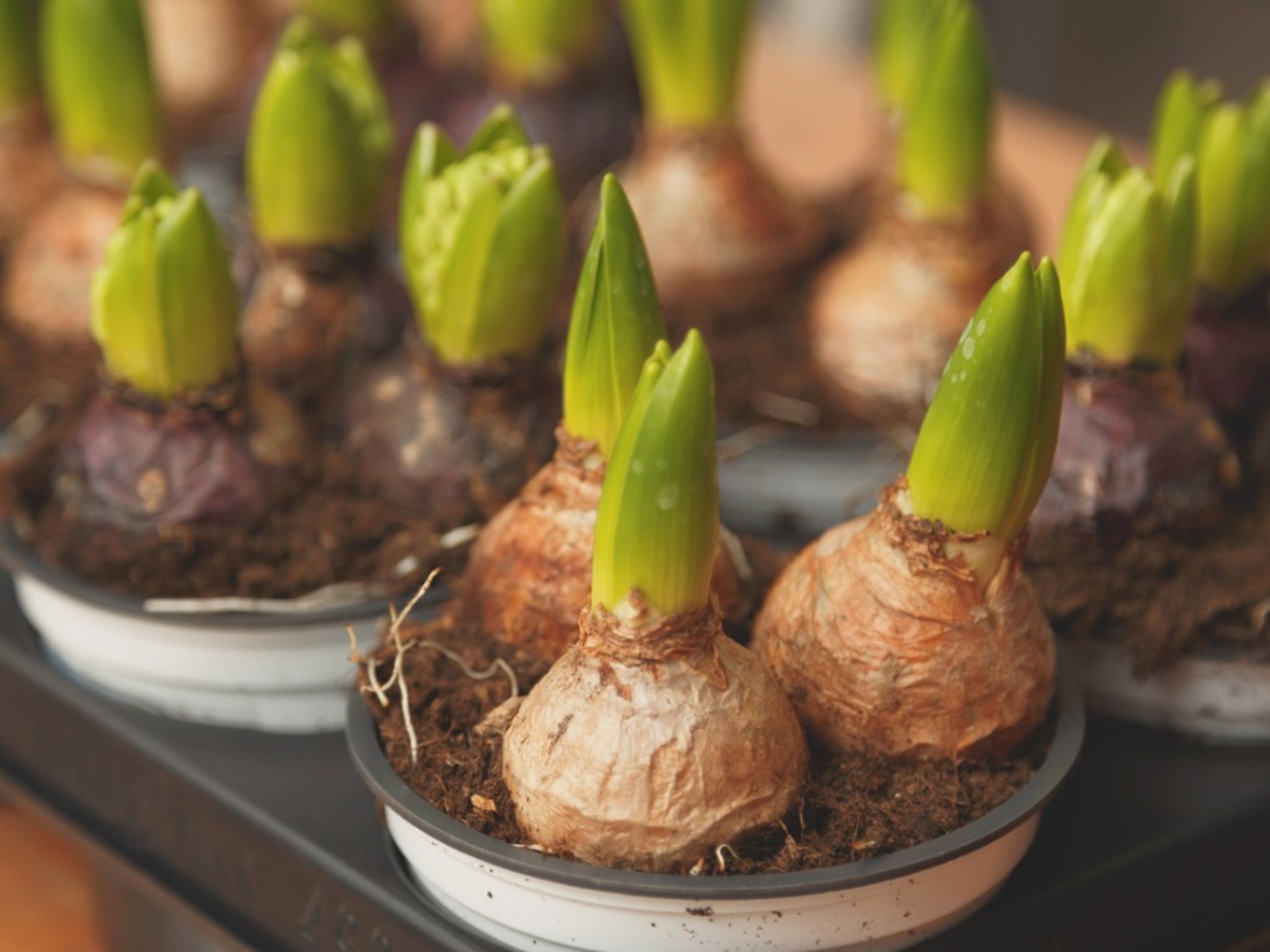

What is bulb chipping and how does it differ from other forms of propagation? Keep reading to find out more about bulb chipping propagation.
Division and Bulb Chipping Propagation
Many flowering bulbs multiply easily in the ground by forming bulblets around the base of the parent bulb. These offsets are easily recognizable when new shoots of greenery appear beside the mother plant. Daffodils and crocuses are easily propagated by the removal and replanting of these offsets. Plants such as lilies produce bulbils in the leaf axils. These bulbils can be easily removed when ripe and planted in a pot until they reach a size suitable to survive outdoors. Scaling is another method that involves the removal of scales (layers) from the parent and replanting. Other bulbs are not so easy and, as luck would have it, are usually the more expensive bulbs offered at your garden store. Learning how to chip a flower bulb can allow you to reproduce your favorite flowering bulbs without costing you a great deal of money. For purposes of discussion and demonstration, we will use the lovely Amaryllis or Hippeastrum bulbs that are so common (and expensive) in the fall for winter forcing. The large bulb is perfect for bulb chipping. Propagation takes time, but the reward is great.
What is Bulb Chipping?
In answer to the question what is bulb chipping, it is important to understand the structure of the bulb. Those fleshy leaves comprising the bulb are called scales, and bulb chipping propagation involves separating clusters of those leaves to encourage the growth of bulblets. Which bulbs can be chipped? Almost any, but bulb chipping propagation is time consuming and it can take several years before the chips become flower producing plants, so it is generally used only for the rarest or most expensive types of bulbs. When learning how to chip a flower bulb, cleanliness is of the utmost importance or you'll be damaging the integrity of the bulb and, in doing so, leave it open to infection. Wear gloves. Some bulbs secretions can irritate the skin.
How to Chip a Flower Bulb
Once your Amaryllis has stopped blooming and the leaves have died back, remove it from the pot and lightly brush all potting medium away. Inspect the bulb for soft spots or other damage. These spots are susceptible to decay and should not be used. Clip off all root growth to the basal plate -- the flat bottom of the bulb. Do not damage the basal plate. Using a sharp knife that has been sterilized (in methylated spirits), cut off all brown leaf growth and a small portion of the bulb tip (the pointy part of the bulb). To chip the flower bulb, cut through the basal plate and divide the bulb in half from plate to tip. Divide those two portions in half again. Continue dividing until you have eight portions. Larger bulbs can be chipped into sixteen pieces as long as each chip has a portion of basal plate attached. Soak each of these chips in a fungicide solution for fifteen minutes. Allow the treated chips to drain. Store your chips in plastic bags with four to six pieces per bag. A growing medium of ten parts vermiculite to one part water is ideal for bulb chipping propagation. The chips should be covered with the medium. Blow air into the bag as an air supply and tightly tie off the bag. Store the bags in a dark place with a temperature of 20°C (68°F) for about twelve weeks, checking weekly and only opening the bag to remove any rotting chips. Add air each time the bag is opened. The scales will eventually separate and bulblets should form between them near the basal plate. At this point, plant the chips plate down in a light compost, covering the bulblets with about a half inch (1 cm) of medium. The uncovered, upper portions of the scales will rot away as the bulblets grow. It can take several years for these bulblets to grow large enough to produce flowers, and this is a factor when deciding which bulbs can be chipped, but your long awaited results will be numerous replicas of the parent plant which you will enjoy for years to come.
Gardening tips, videos, info and more delivered right to your inbox!
Sign up for the Gardening Know How newsletter today and receive a free copy of our e-book "How to Grow Delicious Tomatoes".

Jackie Rhoades began writing for Gardening Know How in 2010.
-
 Terrifically Tubular Flowers For Hummingbirds: 9 Tube-Flowered Plants To Attract Hummers
Terrifically Tubular Flowers For Hummingbirds: 9 Tube-Flowered Plants To Attract HummersGrowing tubular flowers for hummingbirds helps you create the optimum feeding conditions for your winged friends. Here are nine tubed delights for hummers
By Tonya Barnett
-
 How To Grow Hydroponic Tomatoes For Fresh Indoor Harvests – No Soil Required
How To Grow Hydroponic Tomatoes For Fresh Indoor Harvests – No Soil RequiredLearning how to grow tomatoes in water is easy and allows you to harvest fresh-home-grown produce in every season without any mess.
By Ellen Wells
-
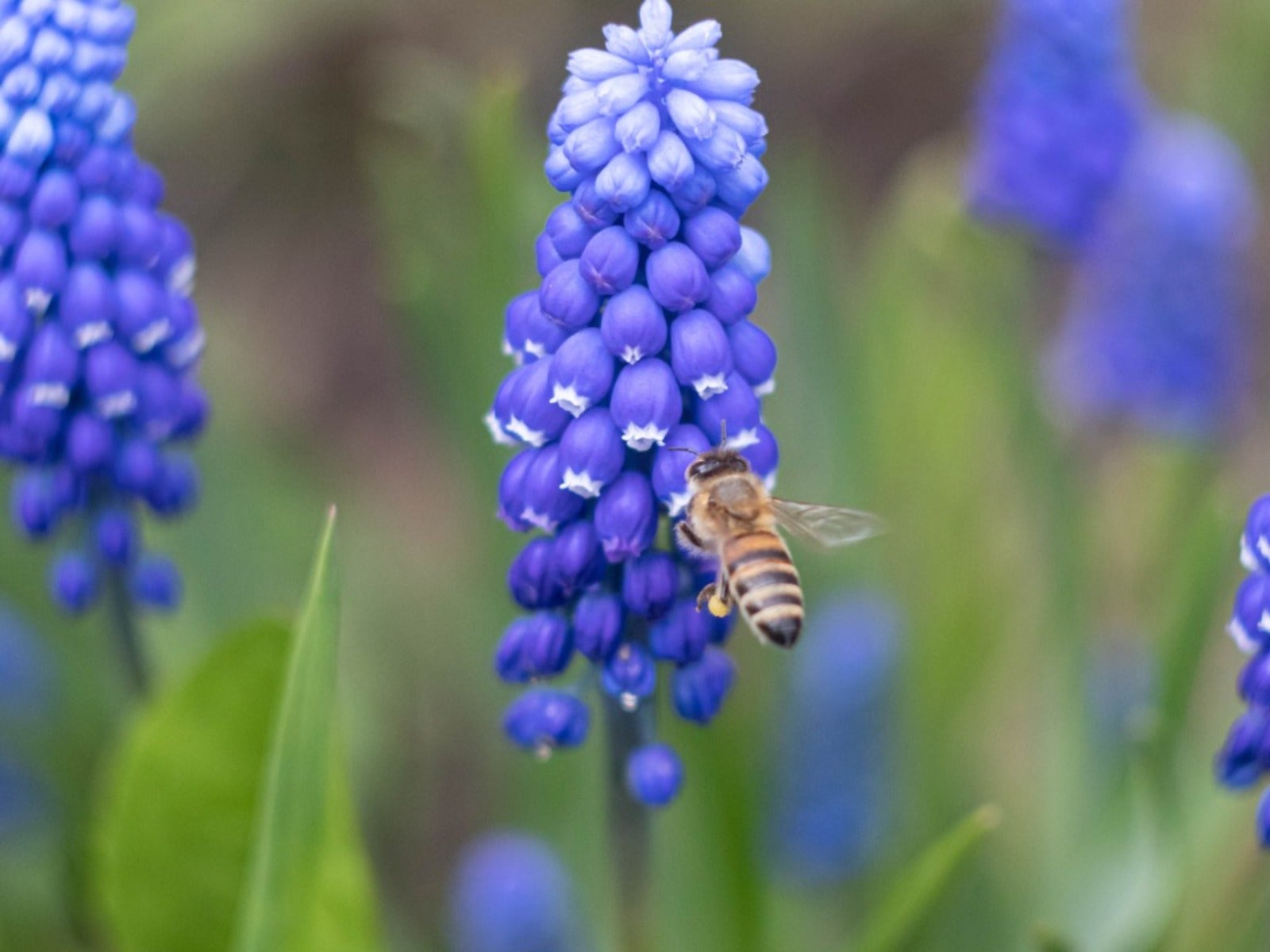 Pretty Spring Bulbs For Pollinators
Pretty Spring Bulbs For PollinatorsWhat are the best flowering bulbs for pollinators in spring? Click here to find out.
By Mary Ellen Ellis
-
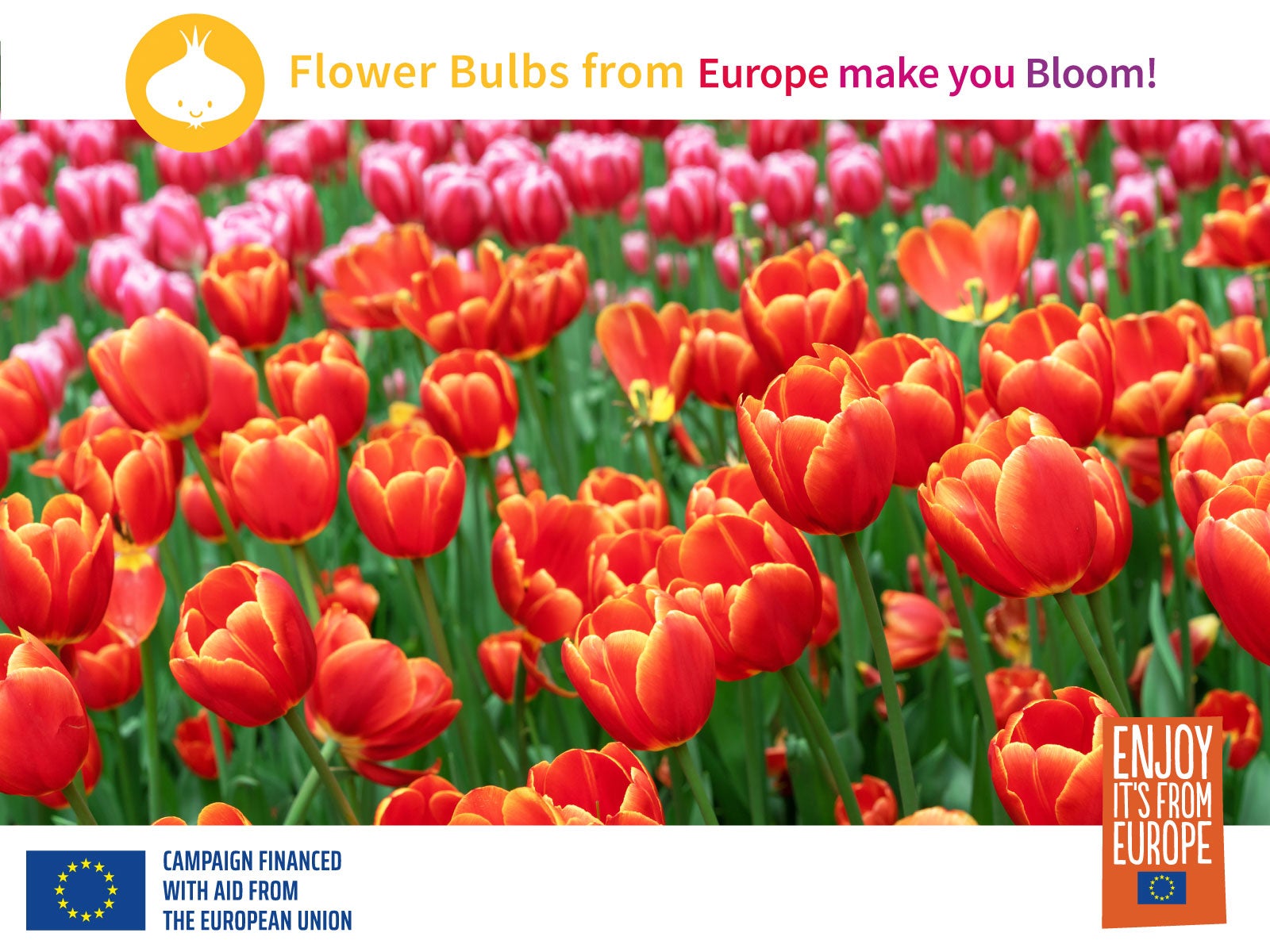 Grow An Early Spring Flowering Bulb Lawn
Grow An Early Spring Flowering Bulb LawnWant a lawn that nourishes pollinators, never needs weeding, and grows more beautiful every year? We have the lawn for you. Click for more.
By Caroline Bloomfield
-
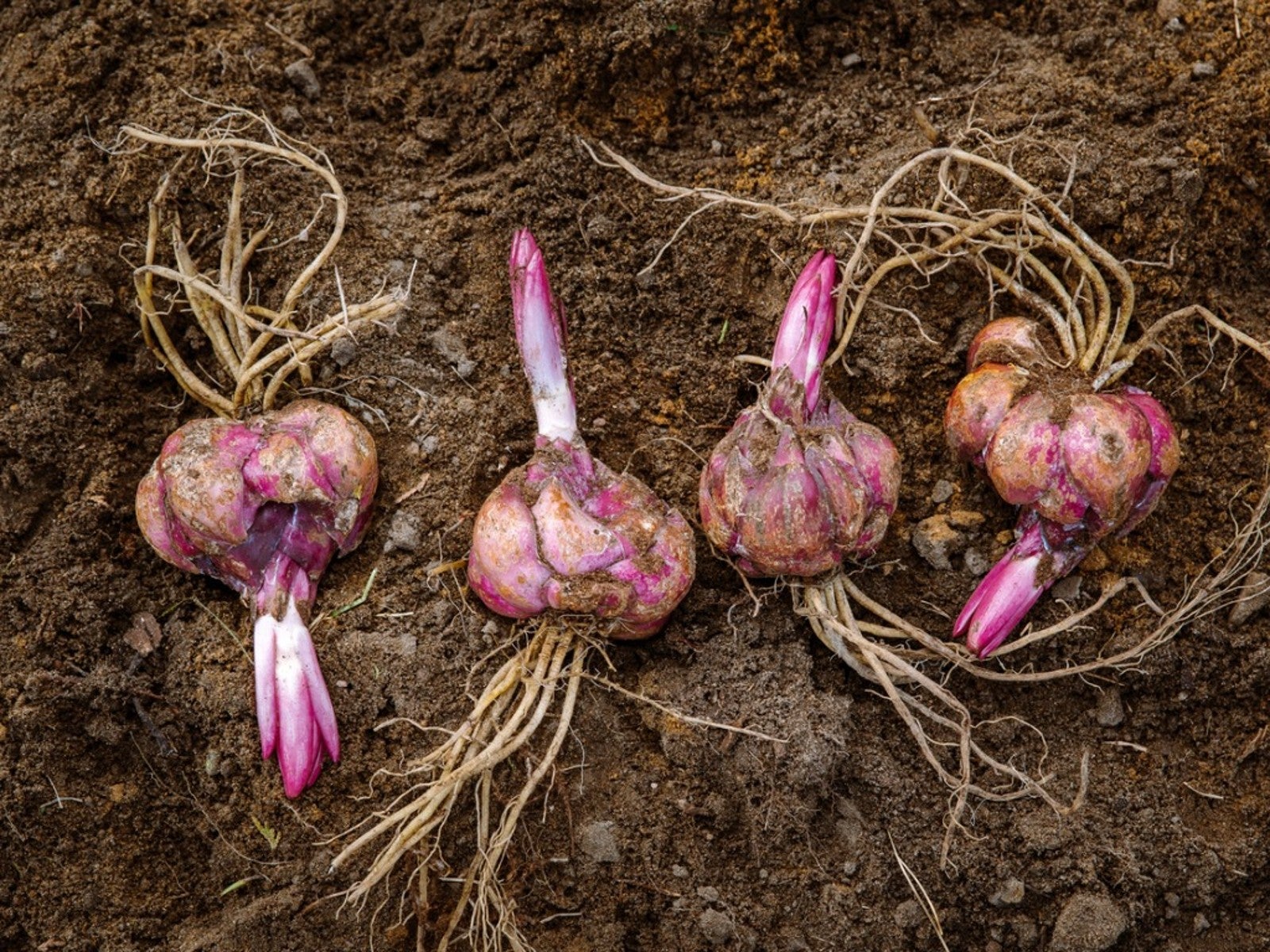 When To Dig Up Bulbs That Bloom In Summer
When To Dig Up Bulbs That Bloom In SummerClick here to learn when to dig up faded summer bulbs of some of the most common ornamentals grown.
By Tonya Barnett
-
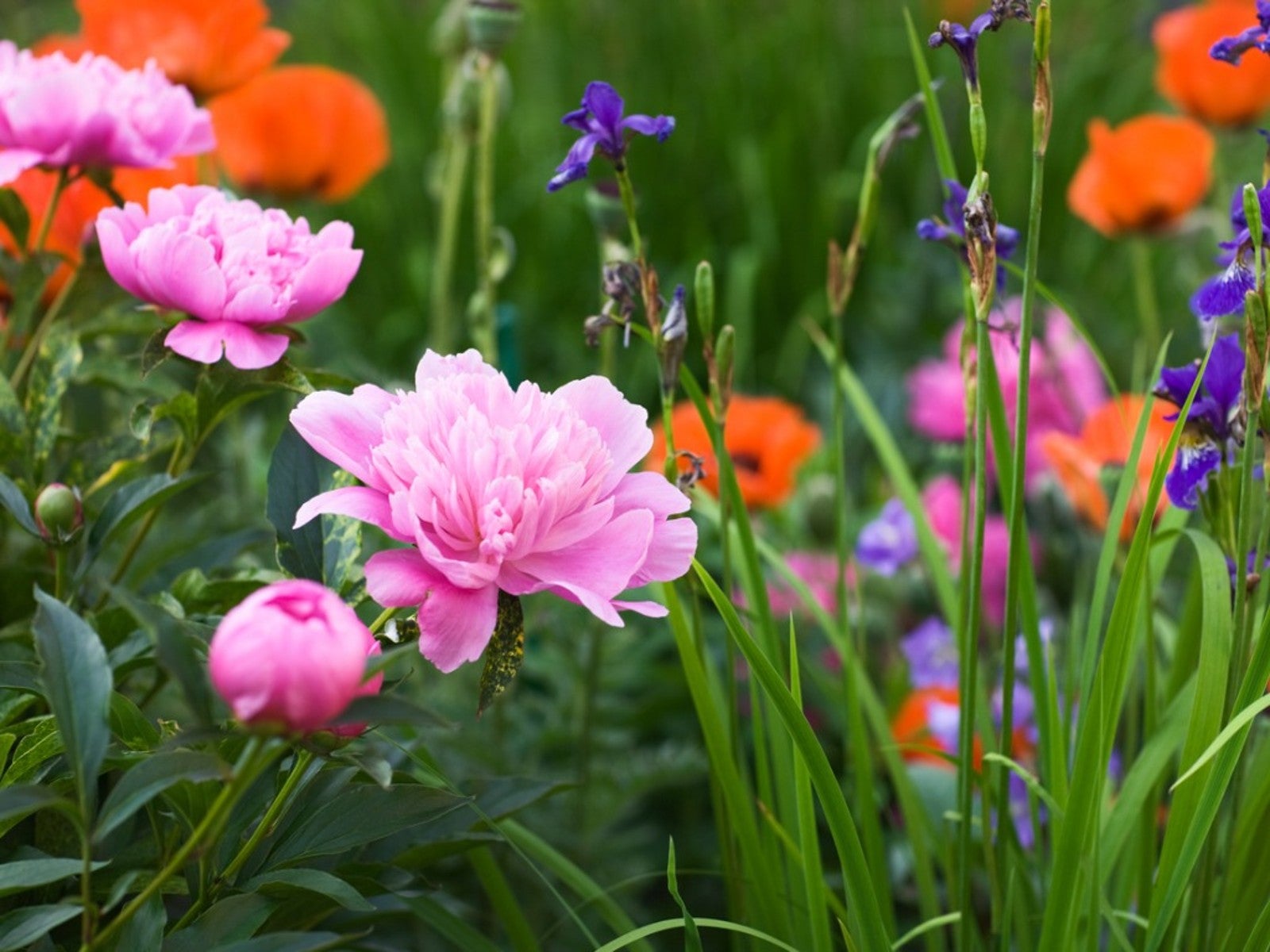 Corms, Tubers, And Bulbs That Are Deer Resistant
Corms, Tubers, And Bulbs That Are Deer ResistantWe love tulips, and so do deer! If you have hungry deer and you hunger for spring blooms, this article should help.
By Amy Grant
-
 Care for Bulbs After Blooming
Care for Bulbs After BloomingIt's tempting to chop down the leaves after you bulbs have bloomed, but you have to resist this urge! Click to learn why.
By Amy Draiss
-
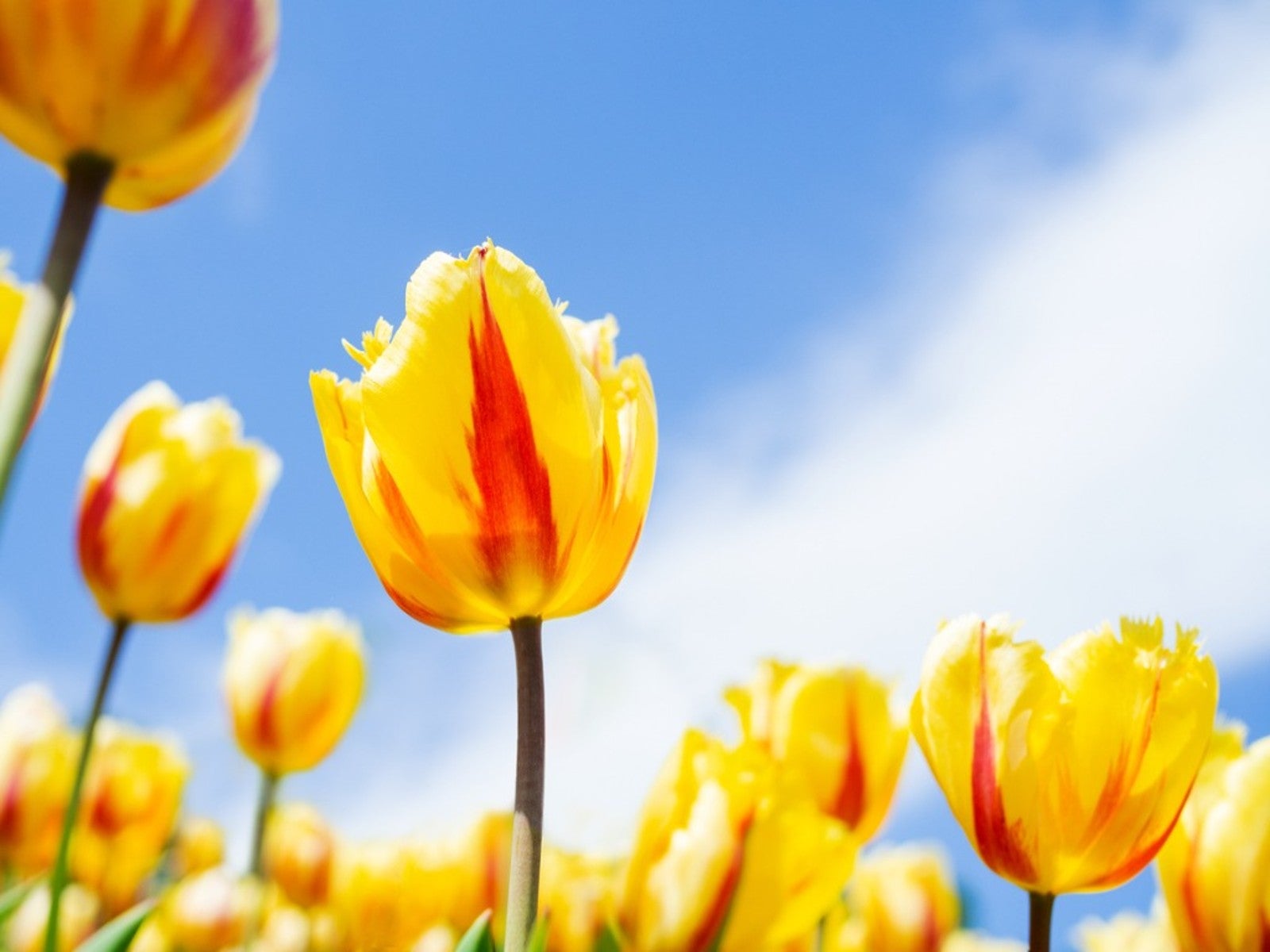 Best Spring Bulbs for Sun and Shade: Bulbs That Grow in Shade and Full Sun
Best Spring Bulbs for Sun and Shade: Bulbs That Grow in Shade and Full SunBulbs are beautiful harbingers of spring. Most flower bulbs thrive in full sun, but what if you have a shaded landscape? Read on for more.
By Amy Grant
-
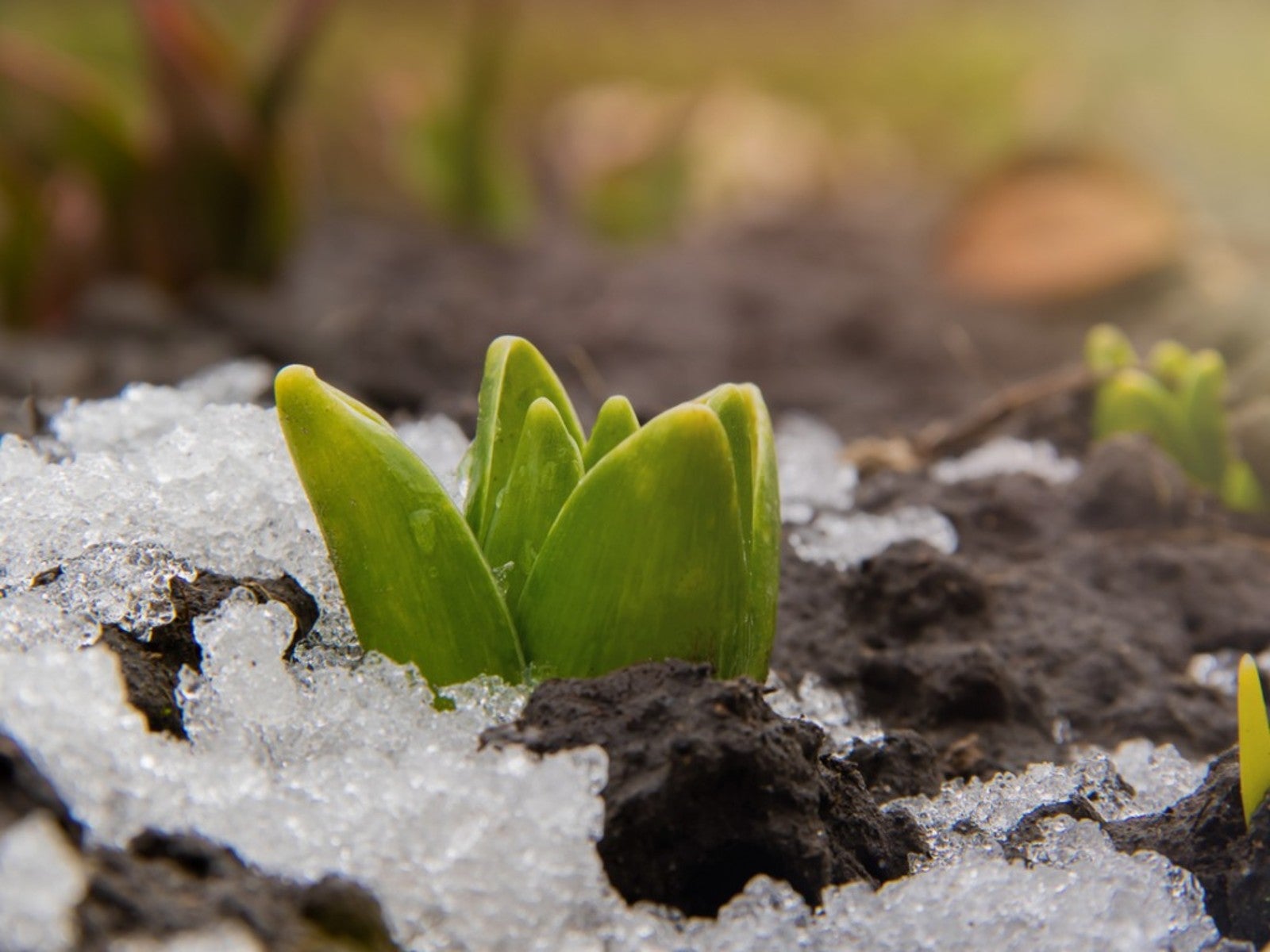 Bulb Life Cycle In Winter: What Bulbs Do For Months Under The Snow
Bulb Life Cycle In Winter: What Bulbs Do For Months Under The SnowDormancy in winter doesn't mean nothing is happening with bulbs. It just means you don't see any growth above the ground. Read on for more.
By Bonnie L. Grant
-
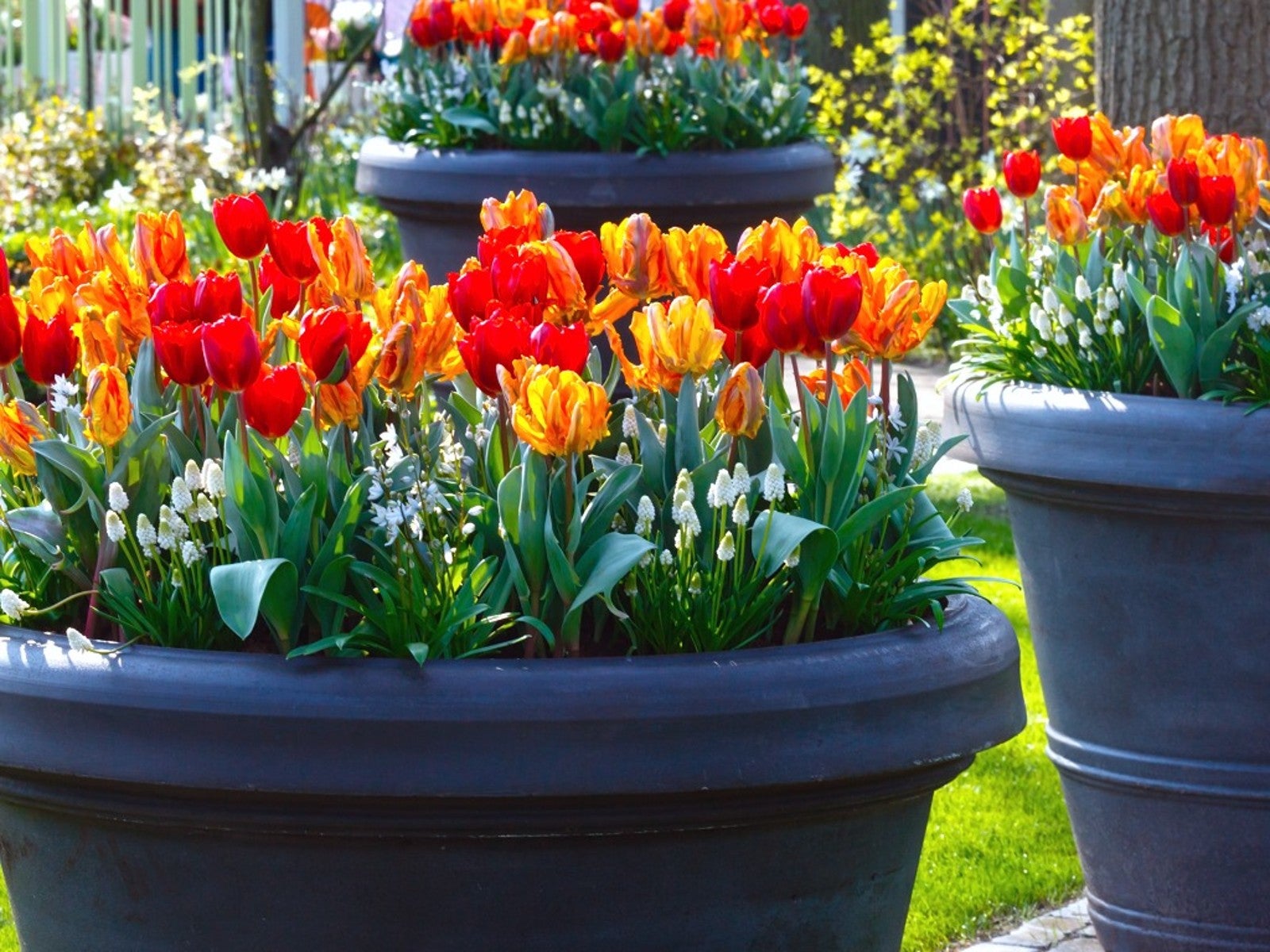 How To Plant Bulbs In Pots - Lasagna Style
How To Plant Bulbs In Pots - Lasagna StylePlanting bulbs in containers is an easy way to create a gorgeous spring porch arrangement, especially when you use the lasagna method.
By Laura Walters